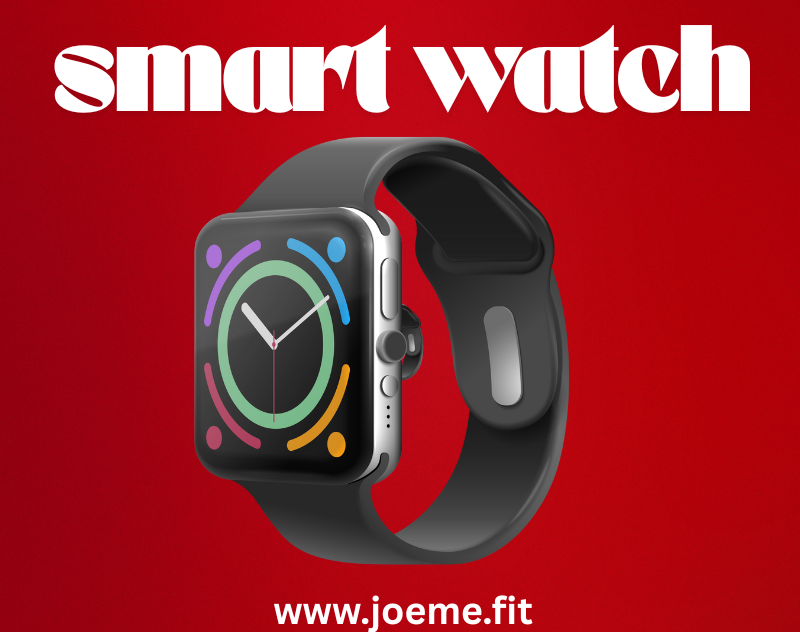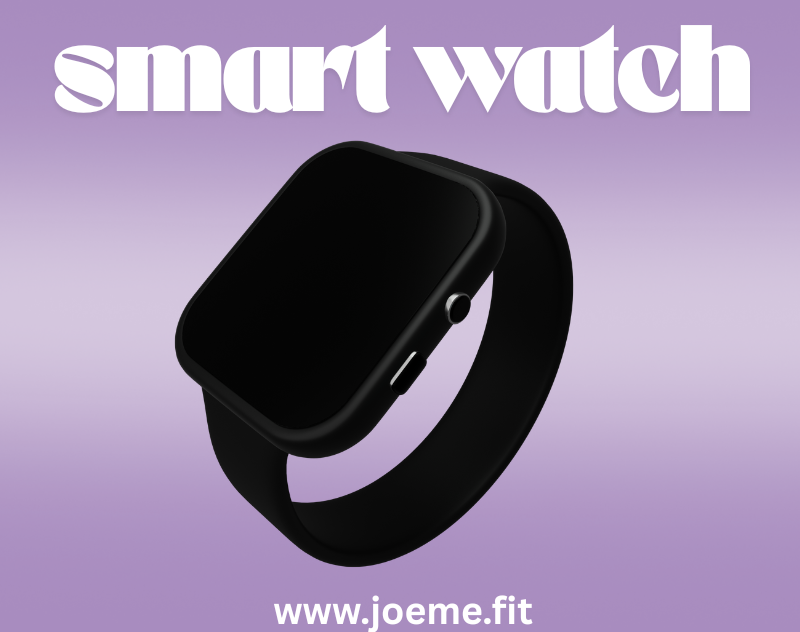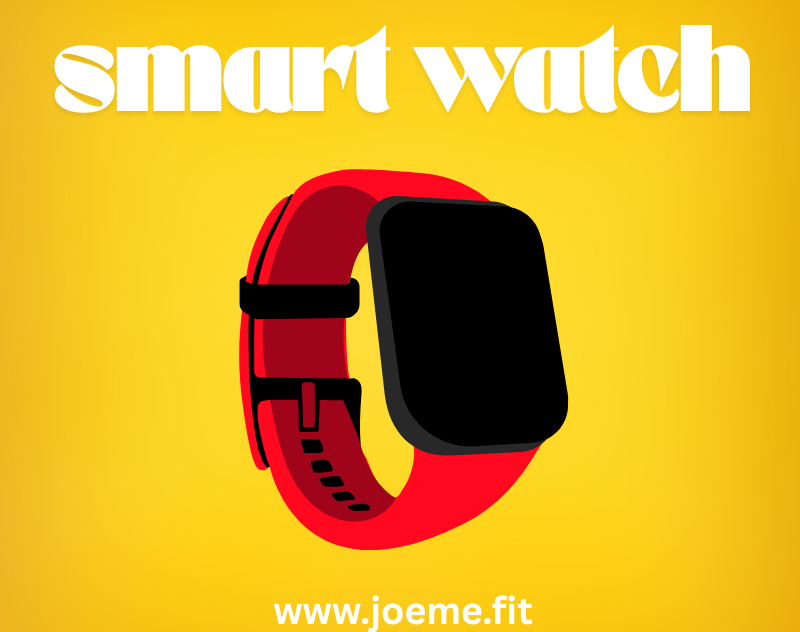Smart watch are everywhere — on wrists at the gym, in the office, and even during sleep. But beyond telling time and buzzing with notifications, these compact devices are quietly gathering a goldmine of health data. From step counts to sleep cycles, smar- watch have become powerful fitness companions. Yet most people don’t really know how they work. How does your watch know how many calories you’ve burned or how well you slept last night? Is the data actually reliable? And more importantly — how can you use it to improve your health?
These are questions worth asking, especially if you’re trying to take control of your fitness without guessing your way through it. Fortunately, understanding how a smart watch tracks your activity doesn’t require a tech background. With just a few core concepts, you can start making sense of the numbers and using them to build healthier habits.
In this guide, we will explain how smart-watch track your fitness and health in simple, practical terms — so you can use yours more effectively every day.
Smart Watch Fitness Tracking Explained in Simple Terms

Smart watches have become more than just time-telling devices. Today, they act as personal health assistants strapped to our wrists. With advanced sensors, GPS, and powerful algorithms, these small gadgets can track everything from your steps to your sleep. But how do they actually work? Let’s break down the process in simple, straightforward terms and understand what each feature really does for your health and fitness. Visit here!
Step Counting (Accelerometer)
The most basic fitness feature of a smart-watch is step counting. This function is powered by a sensor called an accelerometer. It detects motion in all directions and recognizes repetitive movements such as walking. When you move your wrist in a walking rhythm, the watch assumes you’re taking a step. It counts each motion based on set thresholds. This allows it to provide an estimate of how many steps you take throughout the day. Although not 100% accurate, the data is reliable enough for setting goals and measuring activity levels.
Distance Tracking (GPS and Step Estimation)
Smart watch use two methods to track how far you walk or run. The first is GPS, which uses satellites to calculate your location and distance traveled. The second method estimates distance based on your steps and average step length. Watches with built-in GPS provide more accurate distance tracking, especially during outdoor activities like running or cycling. If your watch lacks GPS, it may use your phone’s GPS when paired via Bluetooth. Alternatively, it estimates distance using algorithms that factor in your step count and stride.
Heart Rate Monitoring (PPG Sensor)
Smart watch monitor heart rate using a method called photoplethysmography (PPG). The watch shines a green light into your skin, and a sensor measures the amount of light reflected back. Blood flow causes changes in light absorption, and from this, the watch calculates your heartbeats per minute. This data helps you understand your resting heart rate, heart rate during workouts, and overall cardiovascular health. Continuous heart rate monitoring also helps in detecting abnormalities or changes over time.
Calorie Burn Estimation
Calories burned are calculated using a combination of your heart rate, activity level, age, weight, and gender. When your heart rate increases during exercise, the watch uses this along with movement data to estimate how many calories you’re burning. Although the number is not exact, it gives a reasonable approximation to help you manage your energy balance. Some watches provide active calories (burned during activity) and total calories (including your base metabolic rate).
Sleep Tracking
Sleep tracking involves a mix of motion detection and heart rate monitoring. When you’re asleep, your body moves less and your heart rate lowers. The watch identifies different sleep stages (light, deep, and REM) based on your movement patterns and changes in heart rate. Some advanced models also measure blood oxygen levels and skin temperature to improve sleep analysis. The watch presents this data in an easy-to-understand format, helping you identify patterns in your sleep quality and duration.
Workout and Activity Modes
Smart watches offer various workout modes such as walking, running, cycling, swimming, and strength training. When you start a workout, the watch increases sensor activity to capture real-time data more frequently. It tracks heart rate, duration, distance, speed, calories, and more. These modes optimize accuracy by adjusting calculations to suit the activity type. Some watches auto-detect common workouts, while others require manual selection. The recorded data helps you measure performance and progress over time.
SpO2 and Blood Oxygen Monitoring
Many newer smart-watch include a pulse oximeter that measures your SpO2 level, or blood oxygen saturation. This feature works similarly to heart rate tracking, using red and infrared lights to measure how much oxygen is carried by your blood. Normal SpO2 levels are typically between 95% and 100%. This metric is useful for detecting issues with breathing, especially during sleep or high-altitude activities.

Stress Monitoring
Stress tracking is done by analyzing heart rate variability (HRV), which is the variation in time between heartbeats. Low HRV can indicate high stress, while high HRV usually signals a relaxed state. Some watches combine HRV with breathing rate and skin temperature to estimate your stress level. They might also offer guided breathing sessions or relaxation tips based on your readings.
Skin Temperature and Electrodermal Activity
Premium smart-watch include temperature sensors to monitor your skin temperature throughout the day and night. Changes in skin temperature can signal illness, stress, or changes in your sleep environment. Electrodermal activity sensors (EDA), found in select models, measure electrical changes in the skin related to sweat gland activity. These can also be used to estimate emotional states or stress levels.
List of Key Smart Watch Sensors and Their Functions
| Sensor Type | Function |
|---|---|
| Accelerometer | Detects motion and counts steps |
| Gyroscope | Detects orientation and rotation |
| GPS | Tracks location and distance traveled |
| Optical Heart Sensor | Measures heart rate using light |
| SpO2 Sensor | Measures blood oxygen levels |
| Thermometer | Tracks skin temperature |
| EDA Sensor | Measures stress response via skin conductance |
Common Questions and Answers
Q1: Are smart-watch accurate in tracking fitness?
Smart watch provide reasonably accurate estimates for most fitness metrics. Step counts and heart rate readings are generally reliable. Calorie estimates and sleep data can vary depending on the model and how it’s worn.
Q2: Can smart-watch replace medical devices?
No, smart watch are not a substitute for professional medical equipment. They can help detect trends and encourage healthier habits, but they should not be used for diagnosis or treatment.
Q3: How often should I wear my smart-watch to get the best results?
Wearing your smart watch consistently, including during sleep and workouts, helps it collect more accurate and useful data. Removing it frequently limits its ability to track long-term trends.
Q4: Do all smart watch have the same fitness features?
No, features vary by brand and model. Basic models may only track steps and heart rate, while advanced ones include GPS, SpO2, temperature tracking, and stress monitoring.
Q5: Is GPS necessary for accurate distance tracking?
Built-in GPS improves distance accuracy, especially for outdoor activities. If your watch lacks GPS, it may estimate distance using steps and stride length or rely on a paired phone’s GPS.

Conclusion
Smart watch have transformed the way we approach fitness and health. By combining motion sensors, heart rate monitors, GPS, and other smart features, they offer real-time insights into how active you are, how well you sleep, and how your body responds to daily routines. While they aren’t medical devices, their ability to detect trends and encourage consistent habits makes them incredibly valuable for anyone looking to improve their lifestyle.
The key takeaway? You don’t need to obsess over every number. Instead, focus on the bigger picture — daily movement, consistent workouts, quality sleep, and stress awareness. When used regularly and with intention, a smart watch becomes more than a gadget. It becomes a personal guide that nudges you toward better choices each day.
Whether you’re aiming to lose weight, boost endurance, or simply stay mindful of your health, the data on your wrist can help — as long as you know how to use it. Trust the trends, stay consistent, and don’t overcomplicate the process.
Let your smart-watch do the tracking, while you focus on taking action. That’s where real progress begins.